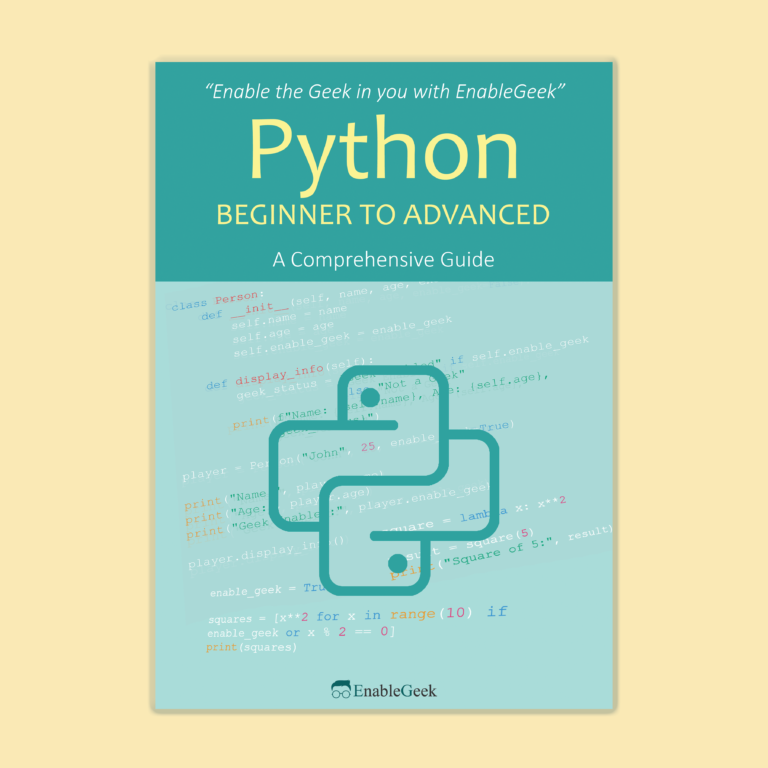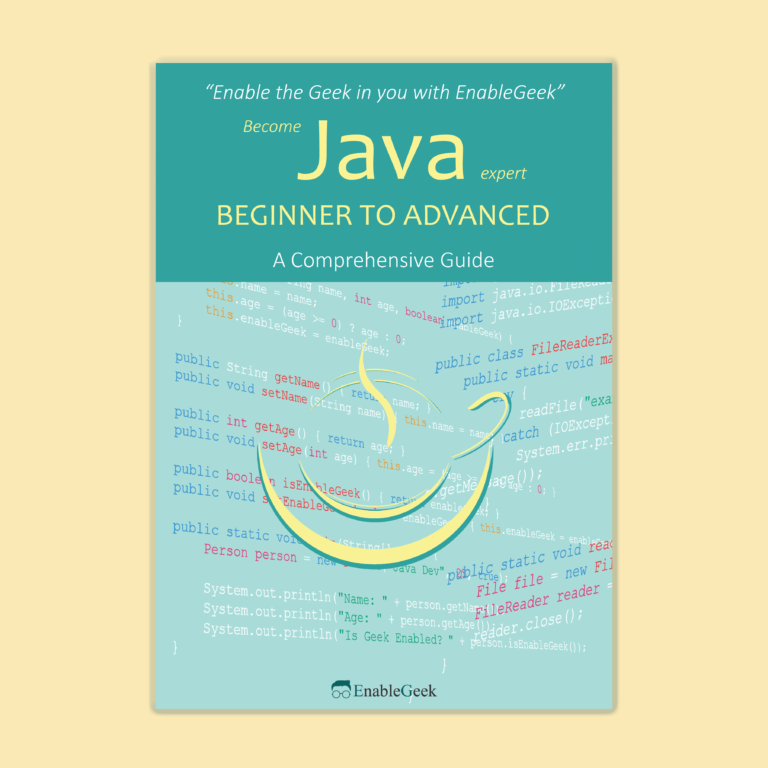Sorting a list of dictionaries by a value
In Python, you can sort a list of dictionaries by a value using the ‘sorted‘ function and providing a ‘key‘ function that returns the value to sort by. For example, consider the following list of dictionaries:
list_of_dicts = [{"name": "John", "age": 28},
{"name": "Jane", "age": 31},
{"name": "Jim", "age": 25}]
To sort this list of dictionaries by the "age" key, you can do the following:
sorted_list_of_dicts = sorted(list_of_dicts, key=lambda x: x["age"])
This will return a new list of dictionaries sorted by the value of the "age" key in ascending order. To sort in descending order, you can use the ‘reverse‘ argument:
sorted_list_of_dicts = sorted(list_of_dicts, key=lambda x: x["age"], reverse=True)
The above code will return a new list of dictionaries sorted by the value of the "age" key in descending order.
Discover more Python tips and elevate your coding skills with our comprehensive guide, “Python Beginner to Advanced.” Whether you’re a beginner or an experienced developer, this book covers everything from basic concepts to advanced techniques. And if you’re interested in expanding your programming collection, don’t miss out on our “Java Beginner to Advanced” guide as well!
Add Keys and Sort in a Loop in Dictionary
To add values to a dictionary and sort the dictionary by values in a loop, you can use the built-in ‘sorted()‘ function along with a lambda function to specify the sorting key. Here’s an example:
# Initialize an empty dictionary
my_dict = {}
# Loop to add values to the dictionary
while True:
# Get user input for key and value
key = input("Enter a key (or 'quit' to exit): ")
if key == 'quit':
break
value = int(input("Enter a value: "))
# Add the key-value pair to the dictionary
my_dict[key] = value
# Sort the dictionary by values and print the result
sorted_dict = dict(sorted(my_dict.items(), key=lambda item: item[1]))
print(sorted_dict)
In this example, we start with an empty dictionary ‘my_dict‘. We then use a ‘while‘ loop to repeatedly ask the user for a key-value pair to add to the dictionary. If the user enters 'quit', the loop breaks and the program ends. Otherwise, the program adds the key-value pair to the dictionary using the square bracket notation.
After each key-value pair is added to the dictionary, the program uses the ‘sorted()‘ function to sort the dictionary by values, using a lambda function to specify the sorting key. The lambda function takes an item (i.e., a key-value pair) and returns the value of the item, which is used for sorting. The result of ‘sorted()‘ is a list of tuples, where each tuple contains a key-value pair from the dictionary, sorted by value.
We then use the ‘dict()‘ function to convert the sorted list of tuples back to a dictionary, and assign it to ‘sorted_dict‘. Finally, we print ‘sorted_dict‘ using the ‘print()‘ function.
Note that this code will sort the dictionary after each key-value pair is added, so the order of the dictionary may change with each iteration of the loop. If you want to sort the dictionary only once, after all key-value pairs have been added, you can move the sorting code outside the loop.
Sort a Dictionary in Reverse order
To sort a dictionary in reverse order, you can use the ‘sorted()‘ function with the ‘reverse=True‘ parameter. Here’s an example:
# Create a dictionary
my_dict = {'Alice': 25, 'Bob': 30, 'Charlie': 35, 'Dave': 40}
# Sort the dictionary in reverse order
sorted_dict = dict(sorted(my_dict.items(), key=lambda item: item[1], reverse=True))
# Print the sorted dictionary
print(sorted_dict)
In this example, we start with a dictionary ‘my_dict‘ that contains four key-value pairs. We then use the ‘sorted()‘ function to sort the dictionary by values in reverse order, using a lambda function to specify the sorting key. The ‘reverse=True‘ parameter tells the ‘sorted()‘ function to sort in reverse order.
We then use the ‘dict()‘ function to convert the sorted list of tuples back to a dictionary, and assign it to ‘sorted_dict‘. Finally, we print ‘sorted_dict‘ using the ‘print()‘ function. The output of this code will be:
{'Dave': 40, 'Charlie': 35, 'Bob': 30, 'Alice': 25}As you can see, the dictionary is sorted in reverse order by values, with the key-value pair 'Dave': 40' appearing first and the key-value pair 'Alice': 25' appearing last.



